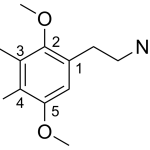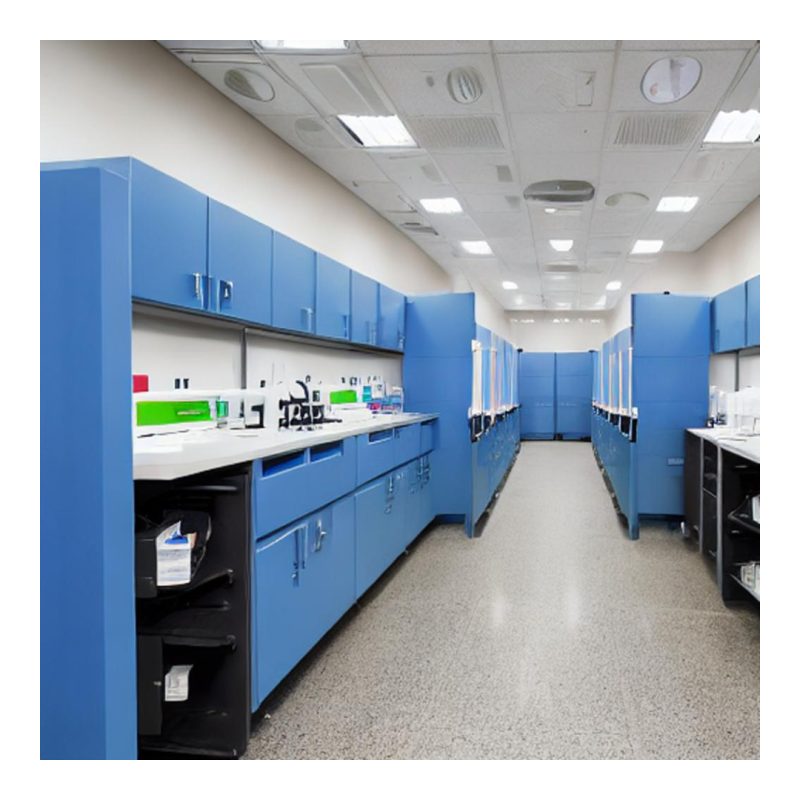Overview
Chemicals are an essential part of many scientific research projects. However, working with chemicals comes with certain risks and hazards that need to be taken into account to ensure the safety of everyone involved. To follow best practices when working with chemicals in research, it is important to start by identifying the specific hazards associated with each chemical you work with.
In addition, it is crucial to have clear procedures in place for handling and disposing of chemicals safely. This includes having the appropriate protective equipment on hand, such as gloves and goggles, as well as ensuring that all containers are properly labeled and stored in a secure location.
Finally, regular training and communication among team members are key for maintaining a safe environment when working with chemicals. By following these best practices, researchers can minimize risk while still carrying out important scientific work using various types of chemicals.
In the world of research, chemicals play a vital role in experiments and discoveries. However, it is crucial to follow best practices when handling chemicals to ensure safety and prevent accidents. Before starting any experiment, it is essential to identify the potential hazards associated with the chemicals involved and take necessary precautions.
One of the most important steps in chemical safety is wearing personal protective equipment (PPE). This includes gloves, lab coats, and eye protection. Not only does PPE protect against direct contact with chemicals but also shields from accidental splashes or spills.
Another key aspect of chemical safety is proper storage. Chemicals should be stored according to their compatibility groups as specified on their labels. It is also important to store them in a cool, dry place away from sources of heat or flame.
By following these best practices for chemical safety in research, we can minimize risks and create a safer working environment for all involved. Remember: Safety first!
Proper Storage/Disposal
Proper storage and disposal of chemicals in research are critical to maintaining the safety of laboratory workers, the environment, and the integrity of research results. The first step in proper storage is to ensure that all chemicals are labeled with their contents, concentration, and date received. Chemicals should then be stored according to their compatibility with other substances and potential hazards, such as flammability or corrosiveness.
When it comes to chemical disposal, it is essential to follow all federal, state, and local regulations. This may involve labeling waste containers appropriately and using designated hazardous waste disposal procedures. Many universities have specific protocols for chemical disposal that researchers must follow strictly.
Ultimately, following best practices for proper storage and disposal of chemicals ensures that lab workers can work safely without fear of exposure or contamination while protecting the environment from hazardous materials. It also helps maintain ethical standards by ensuring accurate reporting of research results free from any interference caused by improper handling or storage techniques.
Research/Documentation
When conducting experiments involving chemicals, it is crucial to prioritize safety and adhere to best practices. Proper research documentation plays a critical role in ensuring the safety of everyone involved in the process. Documenting all aspects of the chemical experimentation process, including material procurement, storage, handling, disposal, and spill response procedures should be recorded and kept up-to-date. Detailed records ensure that researchers can quickly identify potential hazards or track down the source of an issue if one should arise.
Research documentation also serves as evidence that all regulatory requirements are met, such as those set forth by organizations like OSHA or EPA. Accurate records help demonstrate compliance with regulations by providing clear proof of correct labeling and storage for hazardous materials. In addition to keeping everyone safe and compliant with regulations, proper research documentation provides a valuable resource for future reference when repeating experiments or analyzing data. By maintaining thorough records from start to finish, researchers can reproduce successful outcomes more easily, troubleshoot issues faster and make informed decisions based on reliable data.
Communication/Collaboration
When working with chemicals in research, it is crucial to have open and clear communication within the team. Everyone involved needs to be aware of the risks, hazards, and safe handling procedures. Collaboration between different departments such as engineering, chemistry, and safety must also occur to ensure that all aspects of chemical usage are being addressed.
One way to facilitate communication collaboration is through regular meetings where chemical usage can be discussed. In these meetings, everyone can share their knowledge and experience while discussing any issues or concerns that may arise. It’s essential to establish a culture of transparency where everyone feels comfortable enough to speak up about any potential safety hazards or issues.
Another best practice for communication collaboration when dealing with chemicals is creating a protocol for reporting incidents or accidents immediately. It’s crucial that all team members know what steps they need to take if something goes wrong so that the situation can be handled quickly before it becomes more dangerous. By prioritizing communication collaboration in research settings involving chemicals, you can create a safer work environment for everyone involved while ensuring effective research outcomes.
Personal Protective Equipment
When it comes to handling chemicals in research, personal protective equipment (PPE) is essential for the safety of laboratory personnel. PPE includes items such as gloves, eye protection, respirators, and lab coats. The type of PPE needed can vary depending on the specific chemical being used and the potential hazards associated with it.
It’s important to follow best practices when using PPE. This includes choosing the appropriate type of glove for the chemical being handled and ensuring that they are properly fitted. Eye protection should also be chosen based on the potential risks involved, whether it be goggles or a face shield.
In addition to selecting and wearing proper PPE, it’s crucial to properly maintain and dispose of these items. Gloves should be changed regularly and not reused between different chemicals or experiments. Respirators should also be replaced according to manufacturer recommendations. By following best practices with PPE, researchers can help ensure their own safety as well as that of others in their laboratory environment.
Monitoring/Maintenance
When it comes to chemical research, monitoring maintenance is crucial in ensuring a safe and healthy working environment. Proper handling and storage of chemicals are essential to prevent accidents that may lead to injuries or health hazards. Regular inspection and maintenance of laboratory equipment such as fume hoods, ventilation systems, and safety showers should be conducted to ensure their efficiency.
Moreover, the use of appropriate personal protective equipment (PPE) should be strictly enforced to minimize exposure risks. PPE includes laboratory coats, gloves, goggles or face shields, respirators, and closed-toe shoes. It’s important also to follow proper disposal procedures for chemicals and lab waste materials. Chemical wastes should be segregated based on their hazard classification before being disposed of properly.
In conclusion, monitoring maintenance practices in chemical research is not only important for protecting the safety of researchers but also for preventing damage or contamination in the laboratory environment. Following best practices with chemicals in research laboratories can help minimize health hazards associated with toxic substances used in scientific experiments while promoting sustainable environmental conservation policies within the academic community.
Conclusion
In conclusion, the use of chemicals in research demands strict adherence to best practices and safety protocols. Every researcher must have the appropriate training and understanding of potential hazards associated with the chemicals they work with. The importance of proper storage, handling, labeling, and disposal cannot be overemphasized.
Additionally, it is crucial to always wear personal protective equipment (PPE) such as gloves, lab coats, goggles, and respiratory protection when necessary. Researchers should also ensure that they are aware of emergency response procedures in case of accidental spills or exposure.
In summary, a culture of safety must be established in every research setting where chemicals are used. This includes regular safety audits to identify potential hazards and reinforce adherence to best practices. By following these guidelines consistently, researchers can minimize risks associated with chemical use while still achieving their research objectives effectively.

 BARBITURATE
BARBITURATE BENZODIAZEPINES
BENZODIAZEPINES PSYCHEDELICS
PSYCHEDELICS STIMULANTS
STIMULANTS
